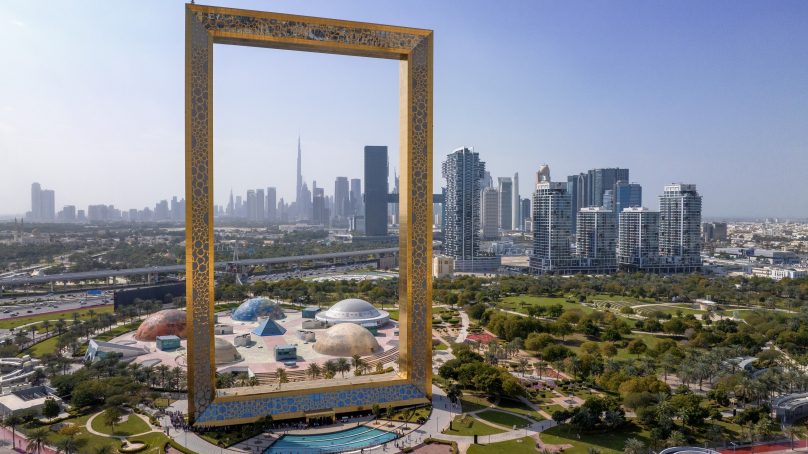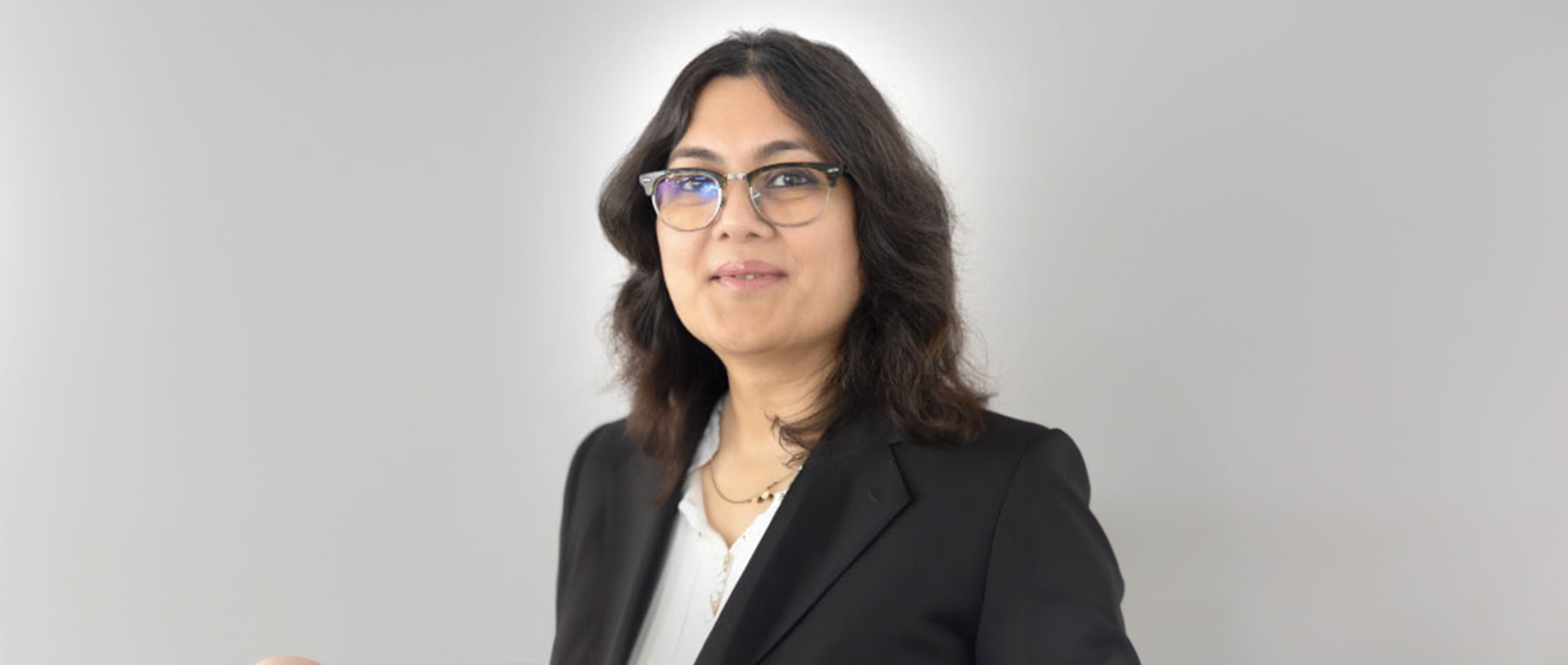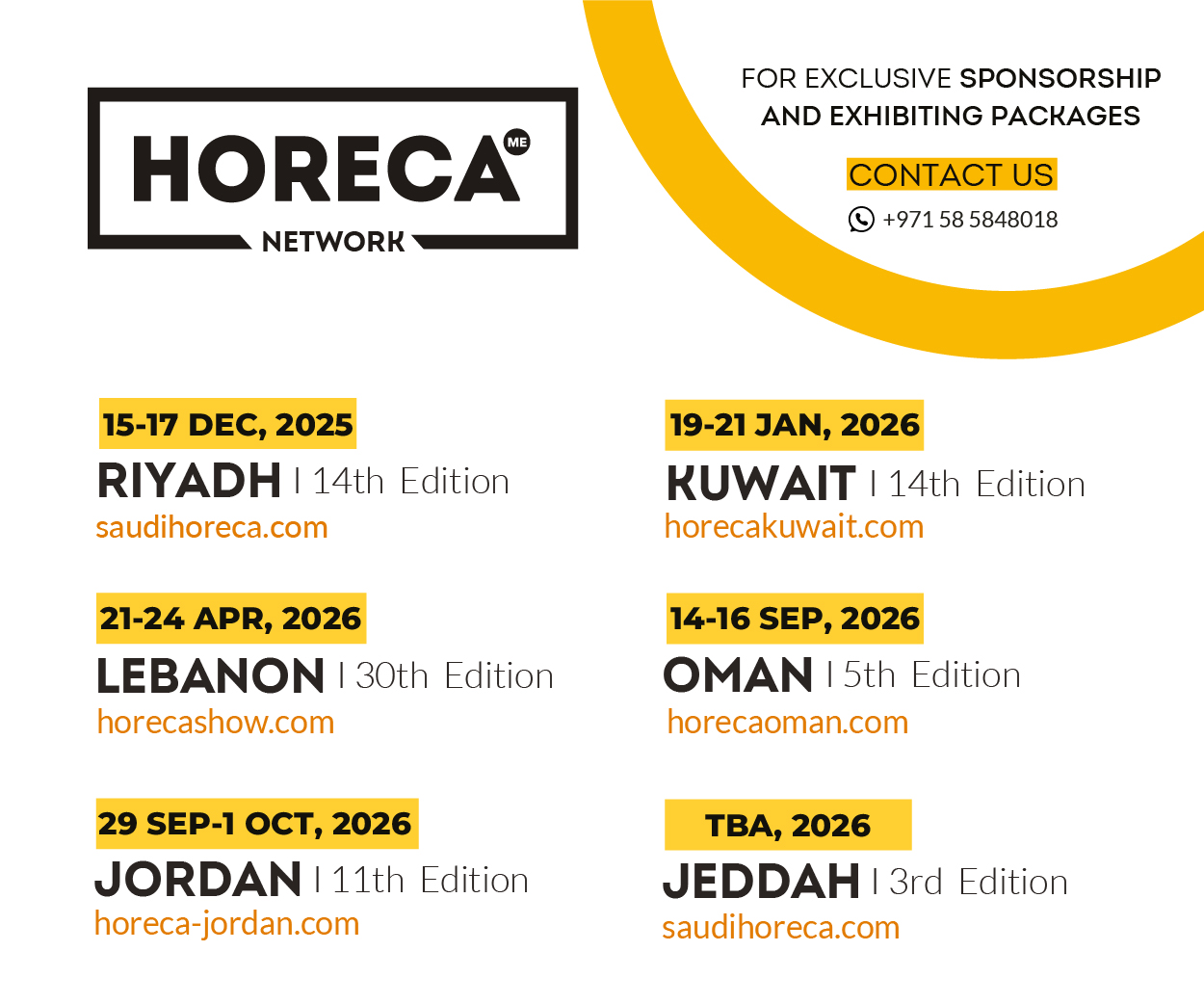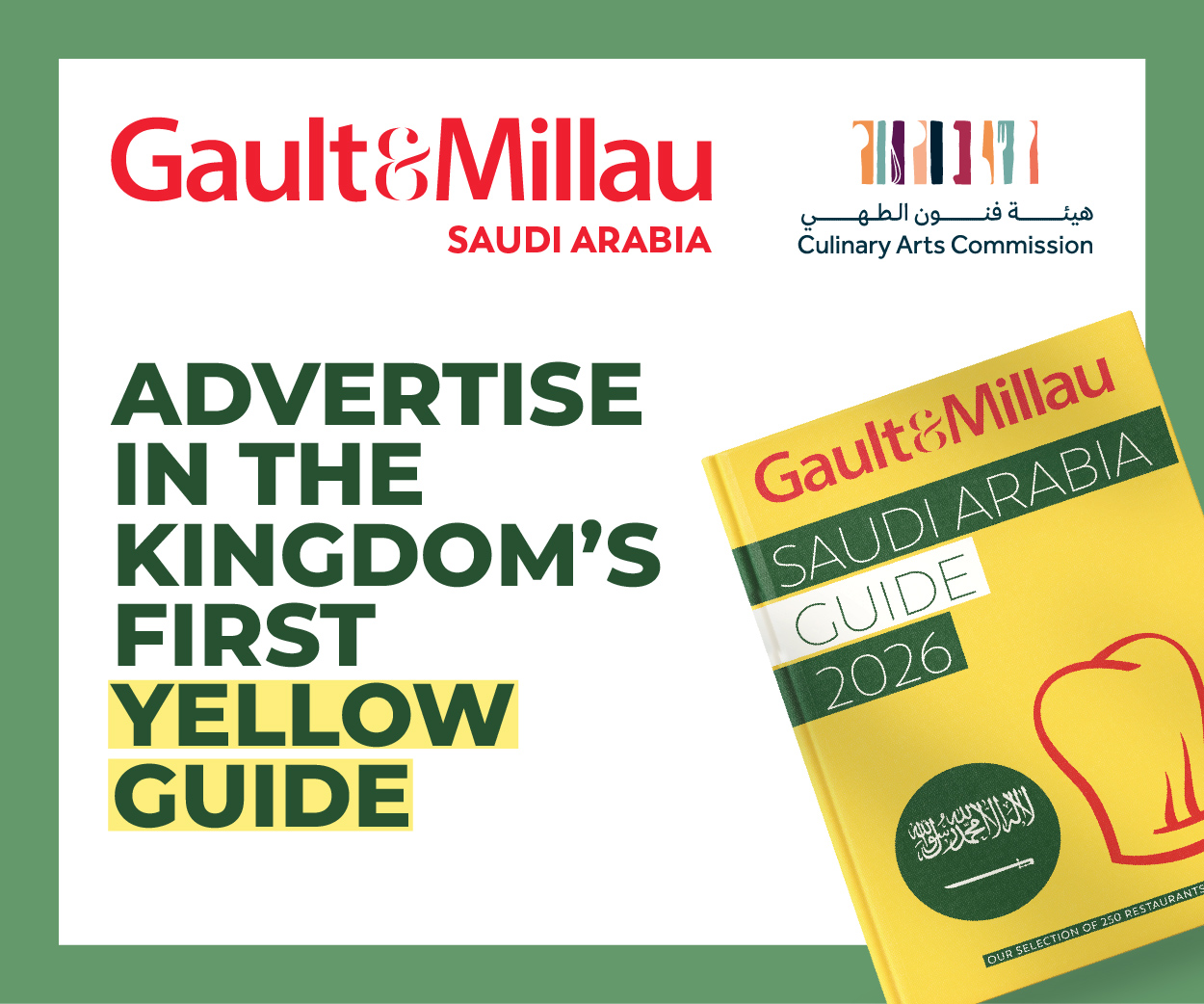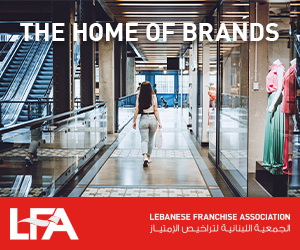According to new research and insights from Cavendish Maxwell , the UAE’s hotel sector is seeing strong growth across all segments. Vidhi Shah, director and head of Commercial Valuation at Cavendish Maxwell, notes that Dubai continues to lead the market, outperforming other emirates in occupancy.
Dubai’s hotel sector’s growth
Dubai’s hotel sector continues to expand, with the number of establishments rising from 670 in 2021 to around 730 today, marking a notable 9.3 percent increase. During the same period, the total number of hotel keys grew nearly 11 percent, climbing from 137,600 to 152,000. Consequently, this reflects a strong capacity expansion to meet growing visitor demand.
Despite temporary airspace disruptions in May and June, Dubai International Airport handled 46 million passengers, registering 2.3 percent year-on-year (y-o-y) growth. Meanwhile, Dubai World Central experienced exceptional growth, with passenger traffic increasing by more than 36 percent compared with the previous year.
Dubai’s hotel landscape remains heavily weighted toward premium offerings, with nearly 67 percent of current hotels classified as luxury, upper upscale or upscale. The remaining 33 percent cater to upper midscale, midscale or economy travelers. This trend is set to continue, with 84 percent of hotels scheduled to open in 2025 falling into premium categories.
Occupancy rates improved across all hotel segments in H1, with upscale properties posting the strongest increase at 5.5 percent. Upper upscale hotels followed closely with a 5.2 percent gain, while luxury properties grew by 4.5 percent. Moreover, upper midscale hotels maintained the highest overall occupancy but experienced more modest growth of 3.43 percent.
Average daily rates (ADRs) also climbed across all categories. Upper midscale hotels recorded the highest ADR growth at 8.5 percent, followed by luxury properties at 4.9 percent. Furthermore, upscale and upper upscale hotels posted steady ADR gains of 2.7 percent and 2.5 percent respectively.
Western Europe continues to dominate as Dubai’s largest source market, accounting for over 20 percent of visitors and reflecting a 12 percent increase, highlighting the city’s ongoing appeal to international travelers.
Hotel projects in the pipeline
Of the 5,000 rooms scheduled for delivery within the next six months, 30.4 percent are in the upscale segment. Additionally, 29.8 percent belong to the upper upscale category, while 24.25 percent are classified as luxury, highlighting Dubai’s balanced hospitality pipeline. Notable upcoming projects include the 259-key Mandarin Oriental Downtown, Anantara Seven City at Jumeirah Lakes Towers and Jumeirah Living Business Bay. Looking ahead, the 2026 pipeline shows a significant shift toward luxury, which is expected to represent 61 percent of new supply. Examples of major projects include Ciel Dubai Marina, Dorchester Collection Ela by Omniyat and InterContinental Portofino, reflecting strong luxury momentum. By contrast, midrange and affordable categories collectively account for 15 percent of new rooms this year and just 7.6 percent in 2026.
Occupancy rates
While Dubai’s occupancy rates climbed across all segments during H1, growth levels varied significantly between different hotel categories and offerings. Across the board, occupancy reached more than 81 percent, representing a strong 4.5 percent improvement compared with the same period last year. Furthermore, upscale hotels led with the biggest rise at 5.5 percent, followed closely by upper upscale at 5.2 percent growth. Luxury properties posted a 4.5 percent increase, while upper midscale achieved smaller gains of 3.43 percent, despite maintaining the highest occupancy levels. Moreover, these increases were driven by rising international arrivals and strong domestic staycation demand. Looking ahead, the full-year forecast projects occupancy levels in Dubai to average 78.5 percent in 2025, slightly lower than H1.
Average daily rates
ADRs across Dubai climbed 5.5 percent to AED 745 in H1, with Upper Midscale hotels recording the strongest increase at 8.5 percent. Luxury properties followed with growth of 4.9 percent, supported by high-spending leisure and corporate travelers seeking premium services and upscale accommodations. In comparison, upscale and upper upscale hotels posted steadier gains of 2.7 percent and 2.5 percent respectively during the same reporting period.
Visitors’ nationality
Western Europe remained the largest tourism source market, contributing more than 21 percent of total visitors, reflecting a 12 percent increase. Similarly, visitors from the CIS and Eastern Europe represented 15.4 percent of arrivals, showing growth of nearly 11 percent y-o-y. Meanwhile, GCC countries accounted for 15.3 percent of Dubai’s visitors, a rise of 19 percent and reflecting strong regional travel demand. Although Australasia accounted for less than 2 percent of total visitors, arrivals from the region jumped more than 14 percent y-o-y. Additionally, The Americas contributed 7 percent of tourists, with numbers climbing almost 12 percent, highlighting broader international demand for Dubai’s attractions.
The rest of the UAE
Outside Dubai, every emirate recorded ADR growth in H1 2025, highlighting robust nationwide hospitality expansion across multiple tourism-driven destinations. Abu Dhabi’s city hotels saw the sharpest rise, up more than 28 percent, while the emirate’s resorts recorded over 21 percent. Growth in Abu Dhabi was supported by luxury offerings, beach tourism and wellness retreats, attracting both domestic and international visitors. In Ras Al Khaimah, ADR climbed 7.6 percent, boosted by adventure tourism, mountain resorts and the emirate’s natural environment-based experiences. Similarly, Fujairah posted a 6.1 percent ADR increase, fueled by coastal getaways, boutique resorts and expanding visitor appeal across diverse demographics. Occupancy rates in Abu Dhabi resorts rose 7.5 percent, while city hotels reported a smaller but positive 1.1 percent growth. These results were supported by a 13 percent rise in passenger traffic at Abu Dhabi International Airport, amounting to 15.8 million travelers. Enhanced connectivity, coupled with demand from MICE events, government initiatives and corporate travel, provided additional support for Abu Dhabi’s hospitality expansion. Meanwhile, Ras Al Khaimah welcomed 653,000 visitors in H1 2025, reflecting 5.7 percent growth compared with H1 of the previous year. Consequently, occupancy rates in Ras Al Khaimah rose 1.4 percent, supported by steady demand and diversified tourism offerings across the emirate. Finally, Fujairah’s occupancy remained stable, boosted by UNWTO-backed events, adventure tourism campaigns and new direct flights from Mumbai encouraging additional arrivals.








